In 1508, a reluctant Michelangelo Buonarroti was roped in to paint the vault of the papal chapel, named Sistine, for Pope Sixtus IV, its builder. The 33-year-old sculptor had raced to Rome a few years earlier, lured by the prospect of designing a giant tomb for the reigning pope, Julius II (incidentally nephew to Pope Sixtus). His dream of creating a monumental marble legacy was dashed, though, when his papal patron switched gears and ordered him to paint the 12 apostles on the ceiling of the Sistine Chapel instead.
Walking past the immense images of the exhibit, meticulously reproduced using high resolution photography and innovative printing techniques on fabric to simulate fresco, the visitor will not find a single apostle in the Sistine ceiling, for the artist was far too ambitious to settle for repeating an age-old decorative motif. Instead, he persuaded Julius II to allow him to undertake the grand enterprise of narrating Genesis, the first book of the Bible, along the length of the ceiling.
The proximity of the pictures in the exhibit provokes a shock similar to what Julius and company must have felt when they first saw the completed vault on Oct 31, 1512. God the Father, aged yet muscular, twists and turns as he creates light, dark, sun and moon; men and women gyrate and gesticulate, absorbed in lofty discourse as the visitor walks by. The sheer visual power of the enormous human figures, (the Delphic Sibyl is 12 feet high), reveals the secret to Michelangelo’s success. He focused on one thing and one thing only—the human form.
Everywhere one looks in the exhibit there are bodies, framed by the artists’ faux painted architectural beams and niches—a trellis, of sorts, bare yet laden with blossoming humanity. Since its 2016 debut in Dallas, the exhibit has travelled through numerous cities and has been installed in numerous venues—a Gothic mansion, a cathedral, the Mall of America, and an old department store—yet Michelangelo’s spartan framework adapts to every surrounding.
One of the biggest challenges of painting the Sistine ceiling was its height—44 feet above ground. To compensate for the viewing distance, Michelangelo made judicious use of light, shadow, and color, but inside the exhibit, the raucous hues can be overwhelming. The photographs for the show, supplied by Bridgeman Images, the global representatives of Vatican photo rights, were taken after the extraordinary restoration from 1981 to 1999. That restoration removed centuries of grime to reveal a jaw-dropping palette, from lapis blue to fiery orange. The brightest colors were reserved for the paintings of the prophets and sibyls, men and women from the Jewish and Gentile tradition who foretold the advent of Jesus Christ. Starting from the charming Delphic sibyl, visitors can see how these figures increase in size and luminosity as they grow closer to the space where the altar would be. These giants hulk out of the picture plane, punctuating the space like a drumbeat, the colors igniting and the forms escalating towards a crescendo.
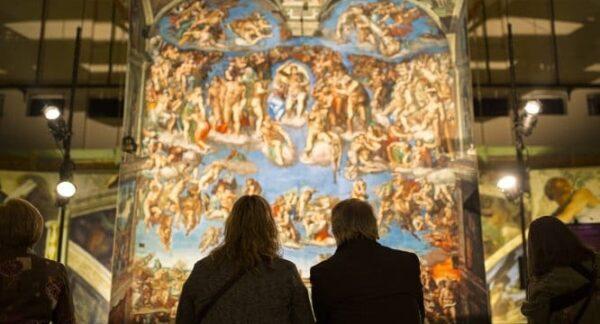
The Advantages of the Exhibition
Martin Biallas, the founder and CEO of Special Entertainment Events (SEE), the company that created and produced the exhibit, rhapsodized in an interview with the Chicago Sun Times about how the SEE Sistine show eliminates the problem of crowds, lines and custodians impeding both chatter and cameras. But beyond the logistical benefits, this exhibition offers viewers a unique opportunity to ponder this beauty more deeply. Viewers can admire the latent energy of Adam in the “Creation of Man,” sprawled along the clay from which he was formed, his one bent knee ready to spring into action upon the touch of God’s famous finger. Looking into the cape surrounding God in the same scene, brilliantly described by Dr. Frank Meshberger in 1990 as a cross section of a human brain, visitors might note Eve nestled in the crook of his other arm, already on the Creator’s mind, as it were. Maybe this will be the occasion when viewers notice that the “Creation of Woman” commands pride of place at the exact center of the ceiling, not the creation of man. This is also the perfect opportunity to compare the promise of the strong, awakening figure of Adam with the aged, slumped body of drunken Noah that closes the cycle.Parents bringing children to discover this treasure (with less stress and expense than a trip to Italy) might want to focus on one of the unsung delights of the ceiling: the little families making up the ancestors of Christ, painted into the undercroft of the ceiling. Often overlooked in the chapel in favor of their more commanding neighbors, these images of mothers, fathers and children show a variety of activities—cooking, nursing, playing, sleeping, grooming—and constitute of the most humanizing elements of the grand narrative.
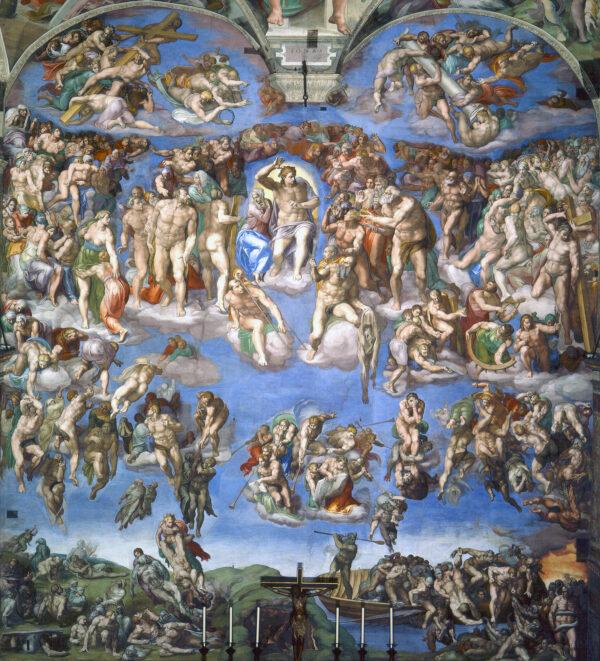
The Last Judgment
Eventually the exhibit brings the viewer to stand before Michelangelo’s most daunting work, the Last Judgment. Painted 25 years after the ceiling, in the wake of the Protestant Reformation and after Michelangelo’s own realization that his tomb project would never be realized, this image of the Biblical account of end of the world strikes a more somber note. Here, Michelangelo painted 391 different bodies against a mesmerizing cobalt background, with no structural framework. In the lower sections the figures are small and dark, rising to glorious radiance with the awe-inspiring image of Jesus at the summit.The overwhelming size of this jumble of humanity can be intimidating, so one welcomes the distraction of the painter’s ghostly self-portrait in the skin of a saint or the humorous ass’s ears and serpent’s tail on a stout cleric, Michelangelo’s revenge after the said cleric had criticized the work for its nudity. On the occasion of papal conclaves, when it serves as the backdrop to the election of the pope, the Last Judgment is the ultimate image of accountability, the reminder that actions have consequences.
One effect of the recent pandemic has been to fast-track global friendliness towards virtual encounters, aided by breakthroughs in digital technology. Kudos certainly go to Special Entertainment Events, who, after producing exhibitions such as the Star Trek show and the Disgusting Food Museum, parlayed a winning formula into a higher cultural plane. Although a few elements of silliness creep in from time to time (Michelangelo selfies and costumed cameos of popes and Swiss guards), the exhibit remains respectful.

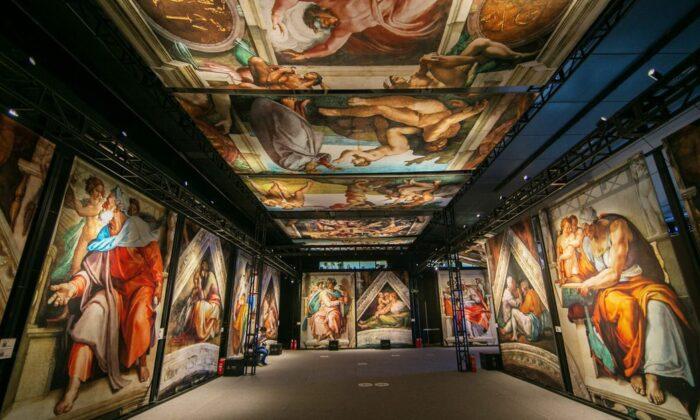
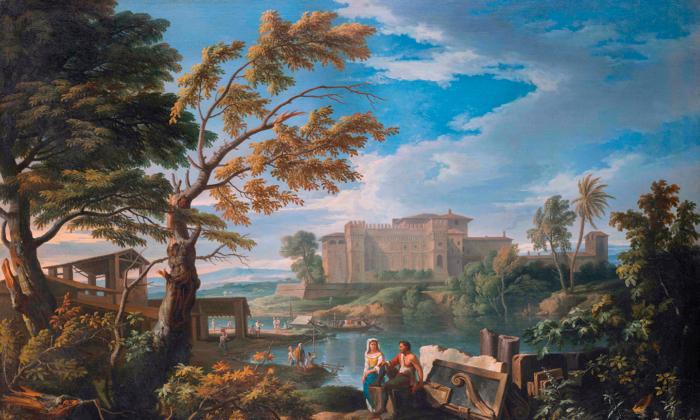
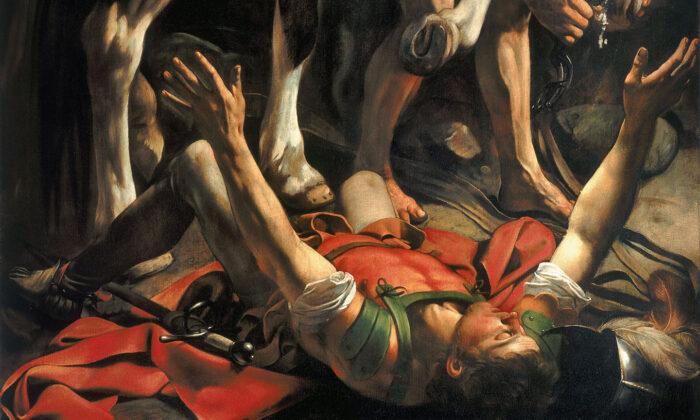
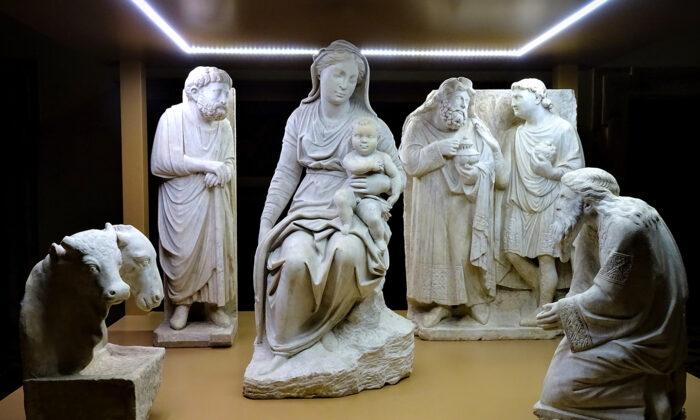
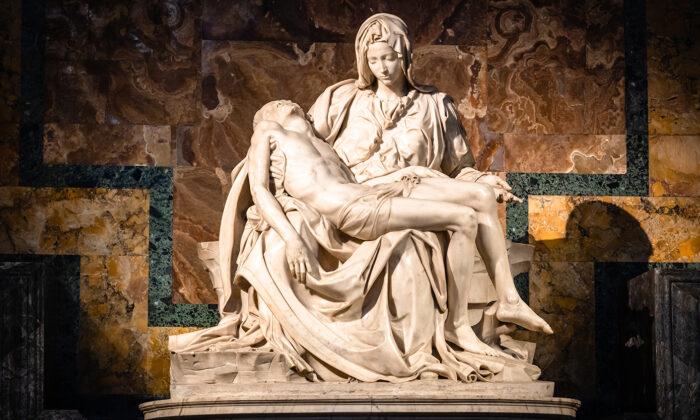
Friends Read Free